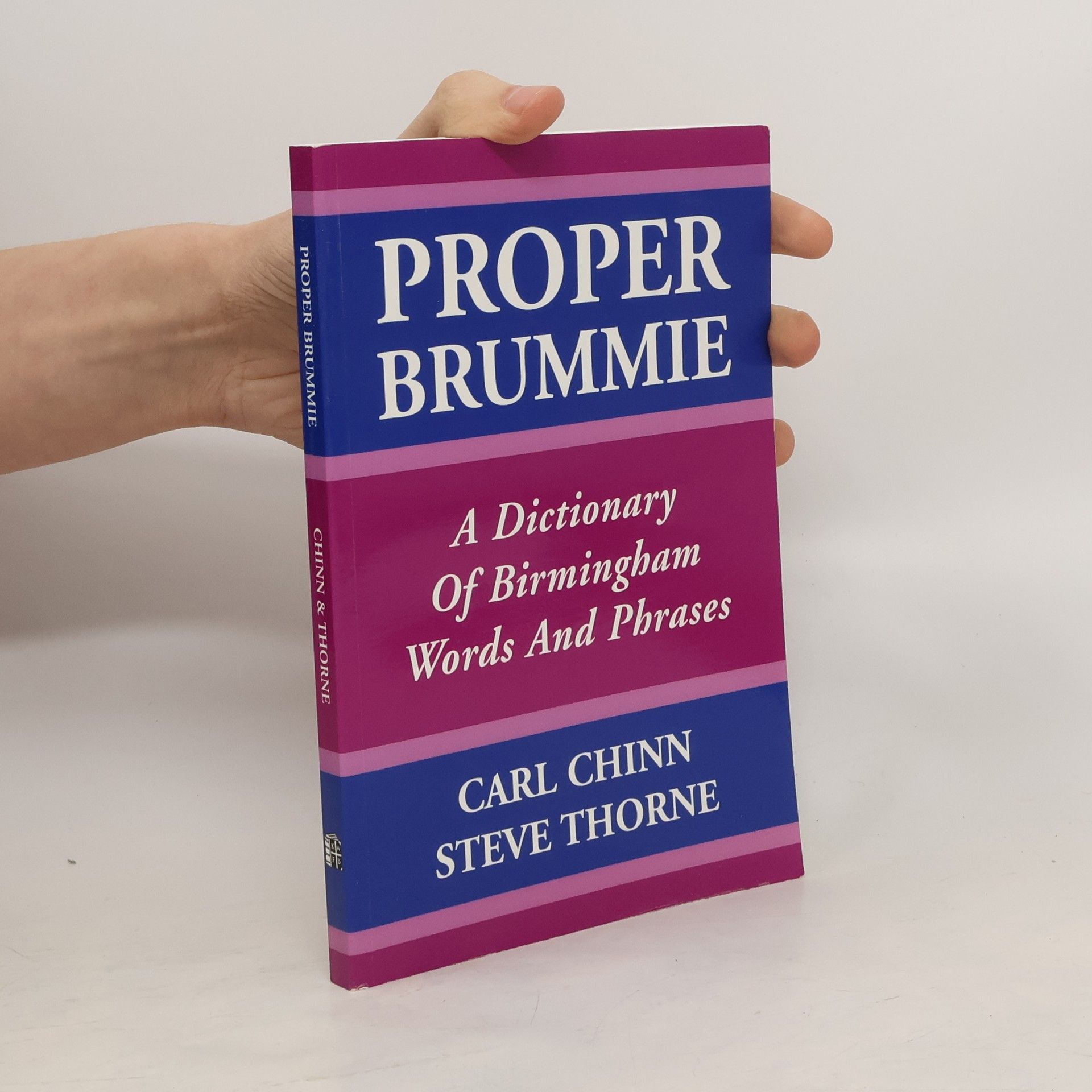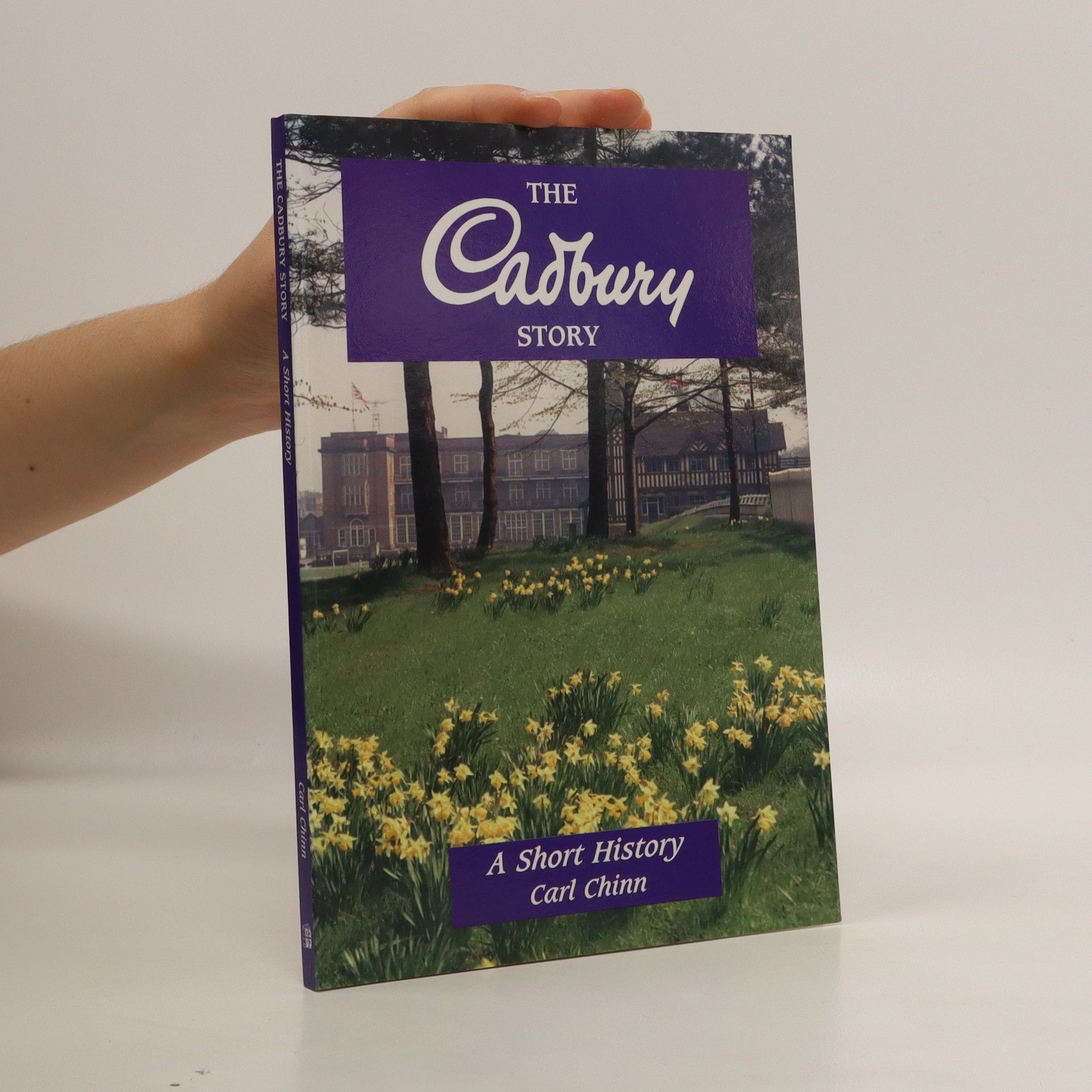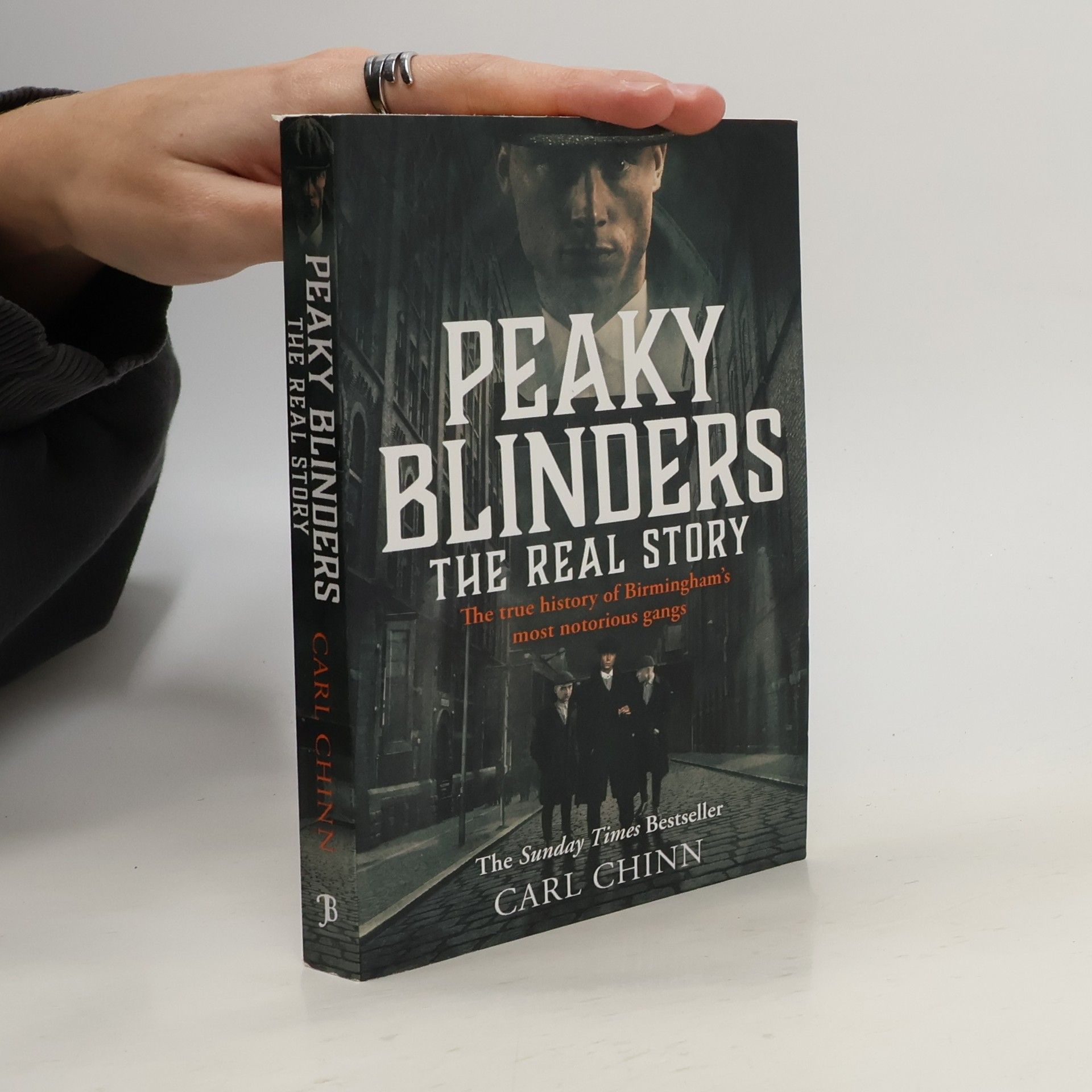Focusing on the urban poor, this book explains their way of life. Using working-class autobiographies and other evidence from working-class people themselves, it shows how people reacted to poverty, and brings to the fore their strategies for coping with their situation. It provides an introduction to those seeking to understand poverty.
Carl Chinn Livres







With full access to the Bournville archives, Dr. Chinn has traced the history of this distinguished family and its long established business.
Proper Brummie
- 232pages
- 9 heures de lecture
The third book in the incredible Sunday Times bestselling series, which once again dives into Britain's murky underworld, uncovering the countries worst criminals of the mid-twentieth century.
The follow-up to the incredible Sunday Times bestseller, The Peaky Blinders: The Real Story. From the Sunday Times bestselling author, Carl Chinn The Peaky Blinders as we know them, thanks to the hit TV series, are infused with drama and dread. Fashionably dressed, the charismatic but deeply flawed Shelby family have become cult anti-heroes. Well-known social historian, broadcaster and author, Carl Chinn, revealed the true story of the notorious gang in his bestselling Peaky Blinders: The Real Story and now in this follow-up book, he explores the legacy they created in Birmingham and beyond. What happened to them and their gangland rivals? In Peaky Blinders: The Legacy we revisit the world of Billy Kimber's Peaky Blinders, exploring their legacy throughout the 1920s and 30s, and how their burgeoning empires spread across the UK. Delve into the street wars across the country, the impact of the declaration of War on Gangs by the Home Secretary after The Racecourse War in 1921, and how black-market bookmaking gave way to new and daring opportunities for the likes of Sabini, Alfie Solomon and some new faces in the murky gangland underworld. Drawing on Carl's inimitable research, interviews and original sources, find out just what happened to this incredible cast of characters, revealing the true legacy of the Peaky Blinders.
Stylish and dark, the BBC series the 'Peaky Blinders' is set in the backstreets of Birmingham after the First World War and tells of the rise to power of Thomas Shelby and his criminal gang. Yet the real stories behind these fictional characters are just as dramatic, bloody and compelling as the TV series. This book tells their story.
The Peaky Blinders as we know them, thanks to the hit TV series, are infused with drama and dread. This book adds a new dimension to the true history of Birmingham's underworld and fact behind its fiction
Historie birminghamských gangů odhaluje skutečný příběh proslulých rváčů, kteří inspirovali populární seriál. Carl Chinn, historik sociálních dějin a birminghamský rodák, strávil desetiletí pátráním po skutečných Peaky Blinders. V knize se zaměřuje na postavy jako Billy Kimber, Darby Sabini a Alfie Solomon, a zkoumá, jaké byly skutečné osudy nejchudšího dělnického obyvatelstva v Birminghamu před první světovou válkou. Po roce 1918 se objevuje nechvalně proslulý Birminghamský gang, který pod vedením Billyho Kimbera vedl krvavou válku s londýnskými gangstery o výpalné na dostihových závodištích. Chinn přináší mnohovrstevnatý obraz gangsterů, rváčů a zlodějíčků, čímž uvádí na pravou míru mnohé jevy, které jsou v seriálu vykresleny jako obdivuhodné. Skuteční hrdinové Birminghamu byli totiž jiní, než jak je známe z obrazovky. Tato fascinující kniha nabízí nový pohled na temnou, ale stylovou historii městských gangsterů a jejich vliv na místní kulturu.
Prawdziwa historia najsłynniejszych brytyjskich gangów lat 20. ubiegłego wieku Dzięki popularnemu serialowi gangsterski klan rodziny Shelby i jego charyzmatyczny, zawsze nienagannie ubrany przywódca zyskali sławę na całym świecie. W swojej poprzedniej książce o Peaky Blinders brytyjski historyk Carl Chinn opowiedział historię prawdziwych gangów z mrocznych zaułków Birminghamu i rzeczywistych pierwowzorów postaci z serialu. Tym razem ponownie odwiedzimy świat kryminalnego podziemia, by zobaczyć, co się stało z bohaterami jego opowieści i ich rywalami w innych miastach. Najnowsza książka Chinna, oparta na dokładnych badaniach źródeł historycznych i wielu wywiadach, pokazuje, jak potężne gangi rozprzestrzeniły się w Wielkiej Brytanii w latach 20. i 30. zeszłego wieku, doprowadzając do brutalnych wojen ulicznych, które ogarnęły już nie tylko poszczególne miasta czy dzielnice, lecz cały kraj.
Peaky Blinders
- 256pages
- 9 heures de lecture
La verdadera historia de la banda criminal más famosa de Gran Bretaña Billy Kimber era un delincuente astuto con una personalidad magnética que se hizo con el liderazgo de la banda criminal más célebre de Gran Bretaña: los Peaky Blinders, que dominaban los negocios ilegales de protección de comercios y las apuestas de las carreras de caballos. Hoy, gracias a la exitosa serie de televisión, los Peaky Blinders son sinónimo de arrogancia, glamour y violencia desenfrenada. Pero ¿quiénes fueron los verdaderos Peaky Blinders? Tras décadas de estudio, el historiador Carl Chinn, nieto de un miembro de los Peaky Blinders e hijo de un corredor de apuestas ilegales de Birmingham, se basa en material inédito y entrevistas con descendientes de los integrantes de la banda para ofrecer un relato fascinante sobre el auge y la caída de la infame mafia que sembró el caos en Inglaterra en un momento en que la clase obrera del Imperio británico estaba en pie de guerra. Estos son los Peaky Blinders y esta es su verdadera historia.

